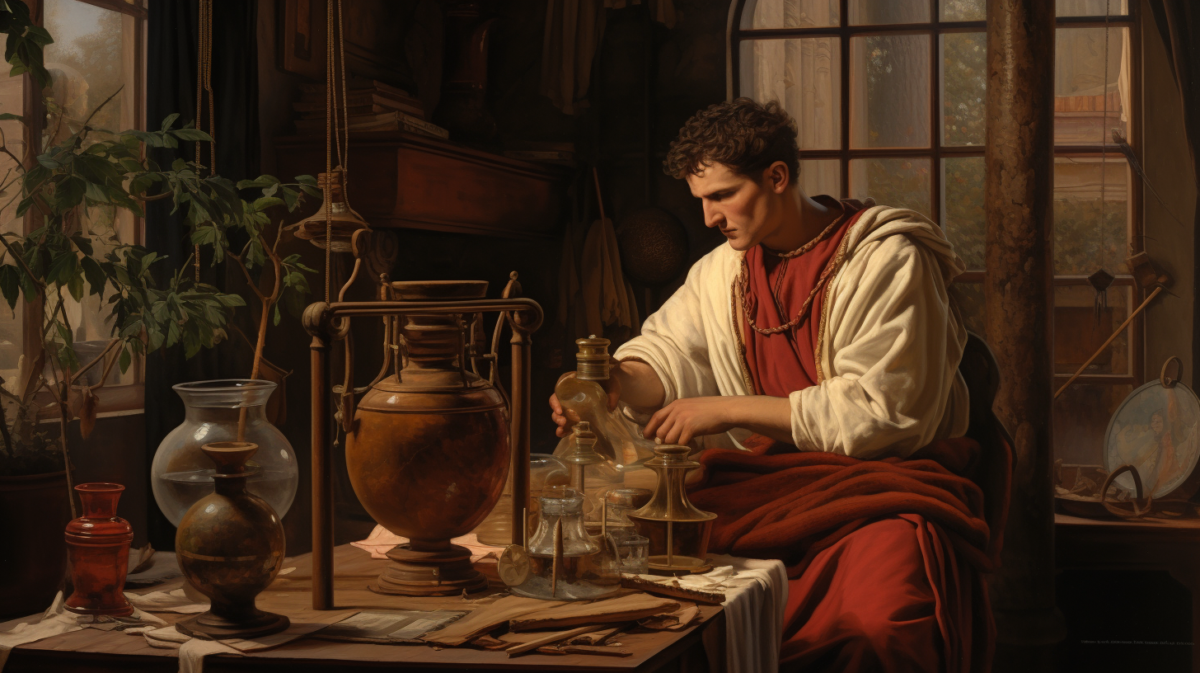From architectural marvels and sophisticated infrastructure to advancements in medicine and timekeeping, the Romans’ contributions continue to be felt in modern society.
In this article, we explore the top ten Roman inventions from ancient Rome that defined an empire and laid the foundations for future generations.
Each of these inventions showcases the Romans’ forward-thinking approach and enduring impact on the world.
10. roman arches

Though not the pioneers in arch construction, the Romans were the first to use arches in large-scale buildings effectively. This innovation was crucial in the construction of iconic structures like the Colosseum.
Arches became a defining element of Roman architectural style, contributing to their buildings’ durability and aesthetic appeal.
9. medical tools
The Romans made significant advancements in medical tools, many resembling those used in the 21st century. Tools such as forceps, syringes, scalpels, and bone saws were expertly crafted.
These instruments were not limited to hospitals but were also used on battlefields. Roman armies often had trained surgeons to provide critical medical care, such as stopping blood loss, extracting arrows, stitching wounds, and administering medicines.
8. bound book
In the Roman Empire, texts were initially carved on wax slabs or scrolls, which were cumbersome and fragile.
Recognizing these limitations, Julius Caesar commissioned one of the first bound books. This codex, a collection of papyrus, was a groundbreaking alternative to the lengthy and unwieldy scrolls, revolutionizing the way information was stored and accessed.
This innovation marked a significant step forward in the preservation and dissemination of knowledge.
7. numerals
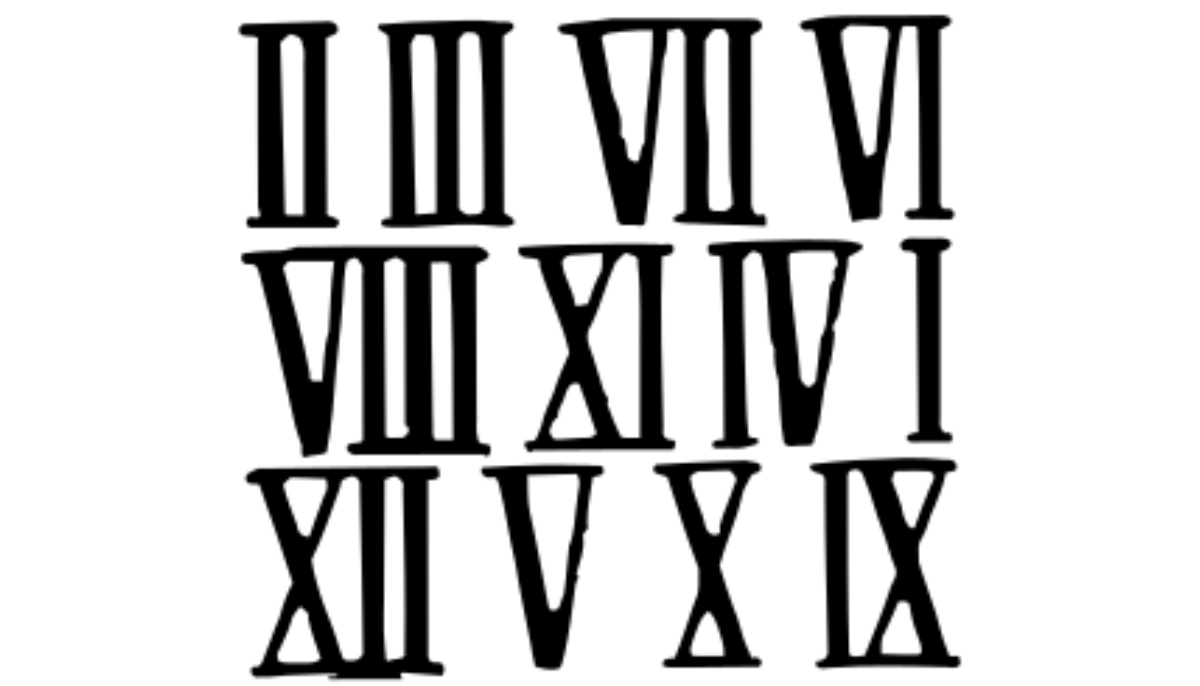
Roman numerals were more than just a method of counting for the Romans; they were an essential tool in their highly bureaucratic society. The need for a standardized and effective numerical system was paramount in an empire that stretched across diverse regions. Roman numerals fulfilled this need, proving crucial in various administrative and governmental functions.
The clarity and efficiency of Roman numerals were particularly beneficial for recording financial transactions, such as taxes and trade records. In addition, Roman numerals were used in legal documents, military records, and construction planning, further illustrating their importance in the day-to-day management of the empire.
6. newspapers
The Acta Diurna, or ‘daily acts,’ were an early proto-newspaper in Rome. They were either inscribed on tablets or announced publicly, covering topics like military victories, significant events, and political news.
Julius Caesar played a crucial role in expanding their content to include political information, enhancing their role in disseminating news to the public.
5. aqueduct
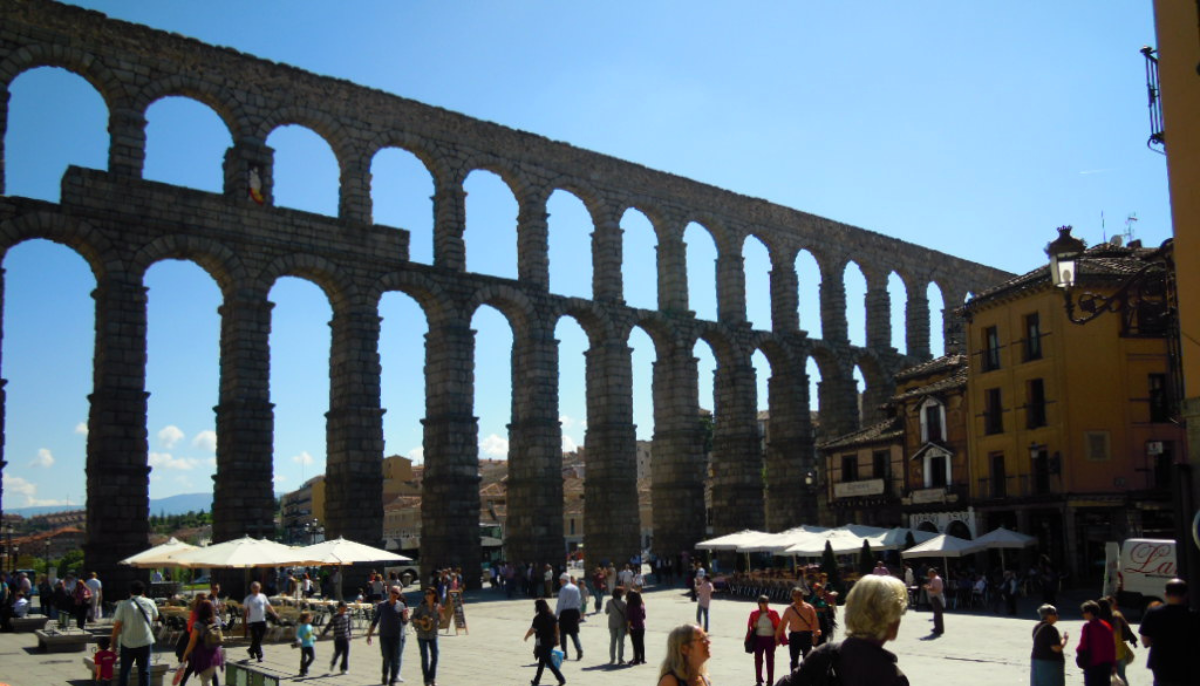
Aqueducts are among the most famous and enduring structures of Roman engineering. They exemplify Rome’s focus on infrastructure, a vital strength of the empire.
First developed in the early Republic around 312 BC, these aqueducts were instrumental in the growth of Roman cities. They supplied water across vast distances, contributing significantly to urban population growth.
Despite the questionable water quality in ancient times, which led Romans to prefer diluted wine or vinegar, the aqueducts’ resilience and engineering excellence remain evident in the many structures that still stand today.
4. Julian calendar
The Julian Calendar, introduced by Julius Caesar, was a significant step forward from the previous Roman calendar, which relied on priests for date-keeping. Corruption and inefficiencies in the old system often led to substantial inaccuracies.
The Julian Calendar rectified these issues, creating a more standardized and reliable system. While it was almost perfect, it slightly miscalculated the frequency of leap years. Nonetheless, the modern Gregorian calendar, which most of the world uses today, is very similar to Caesar’s Julian Calendar, underscoring its enduring impact.
3. sanitation
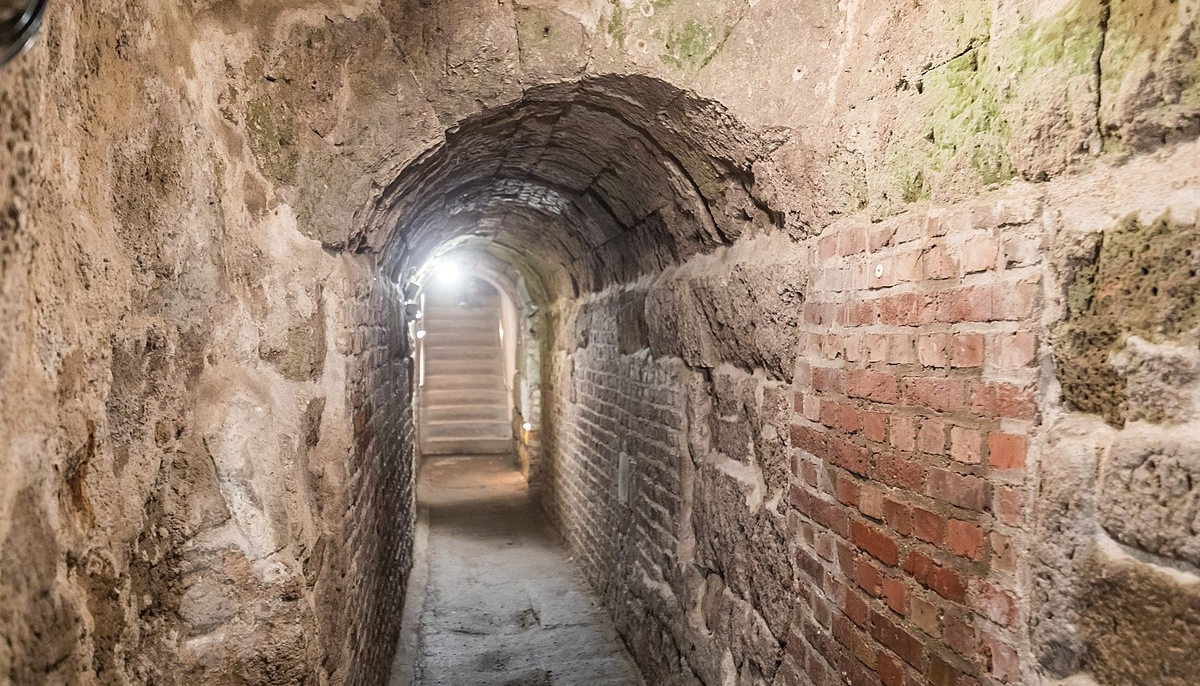
Roman advancements in sanitation were revolutionary for their time. The integration of lead pipes, aqueducts, and sewer systems significantly elevated the level of sanitation compared to earlier civilizations.
This comprehensive approach to hygiene played a crucial role in reducing disease in major Roman cities. Emperor Vespasian even imposed a urine tax, highlighting the Romans’ serious commitment to sanitation.
The importance of these developments becomes even more evident when considering that, after the fall of the Western Roman Empire, sanitation standards in Western Europe did not reach similar levels again for about a thousand years.
2. roads
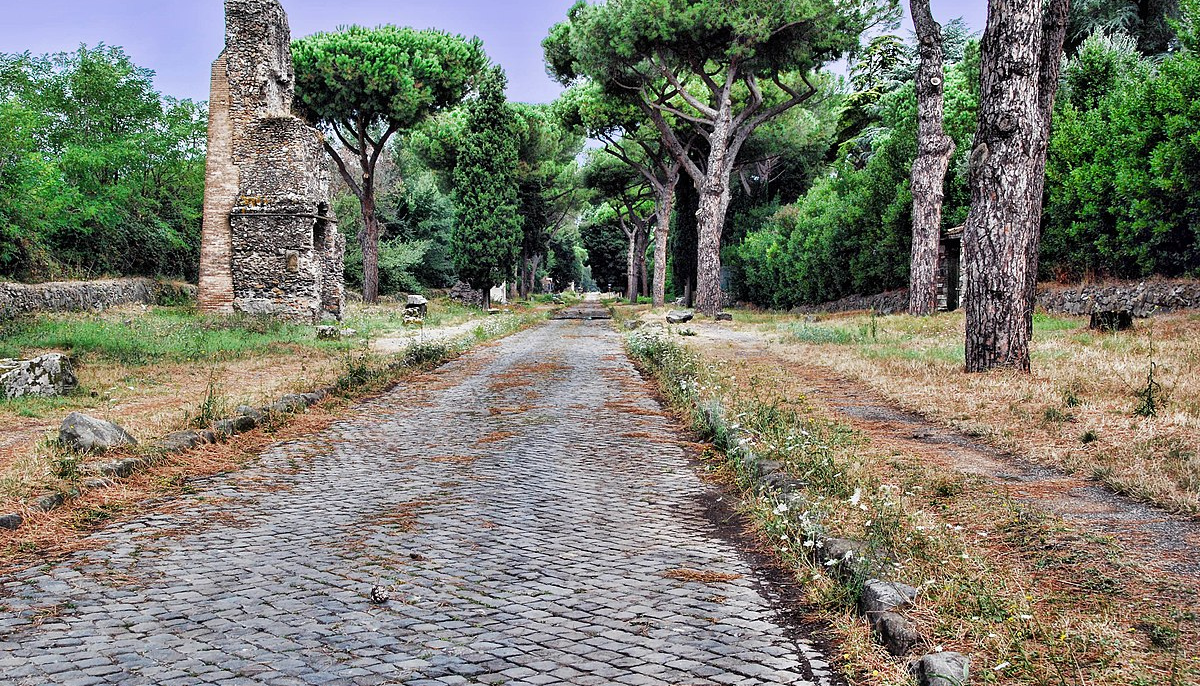
The saying “All roads lead to Rome” highlights the extensive and advanced road network of the Roman Empire. Romans improved road-building techniques, introducing better drainage systems and constructing roads on a slight angle for water runoff.
Their famously straight and durable roads facilitated efficient travel and communication across the empire. The Via Appia is a notable example of their engineering prowess.
By 200 AD, over 50,000 miles of roads had been constructed, connecting various parts of the empire and significantly boosting trade and military movements.
1. concrete

Roman concrete, while not superior to modern concrete as some urban legends suggest, was a groundbreaking invention of its time. Its durability was crucial in constructing Roman infrastructure like roads, aqueducts, sewers, and other monumental buildings.
The unique composition of slaked lime and volcanic ash, known as pozzolana, created a sticky paste that formed a robust cement when combined with volcanic rocks called tuff. This ancient concrete could withstand chemical decay and set quickly, even underwater.
This feature was particularly useful in building baths, piers, and harbors, showcasing the Romans’ innovative approach to construction materials.
Notably, the spirit of Roman inventiveness didn’t cease with the fall of the Western Empire; it continued through the Byzantine Empire, which carried forward and expanded upon this legacy.
This enduring impact of Roman and Byzantine innovations continues to resonate in numerous aspects of our daily lives centuries after their inception.
